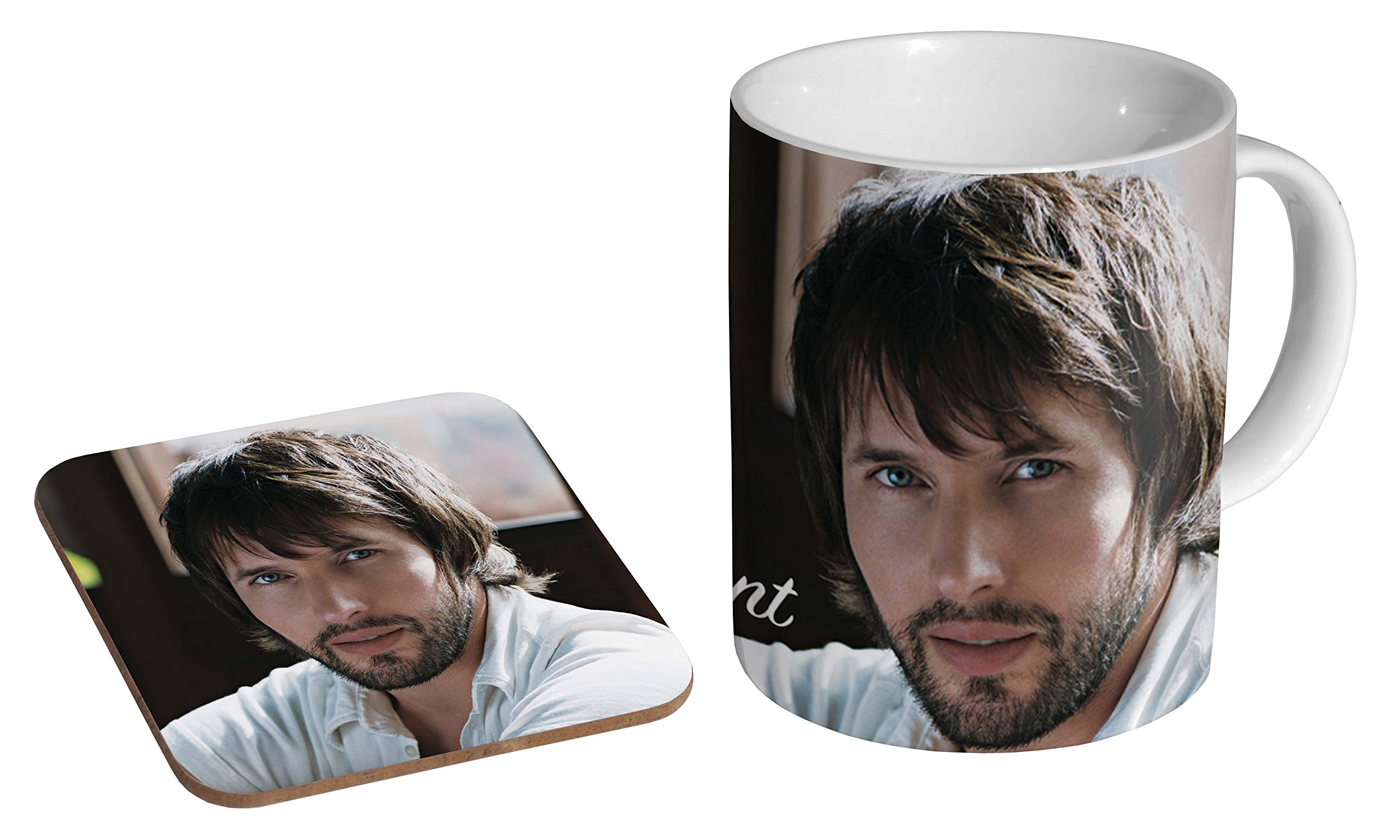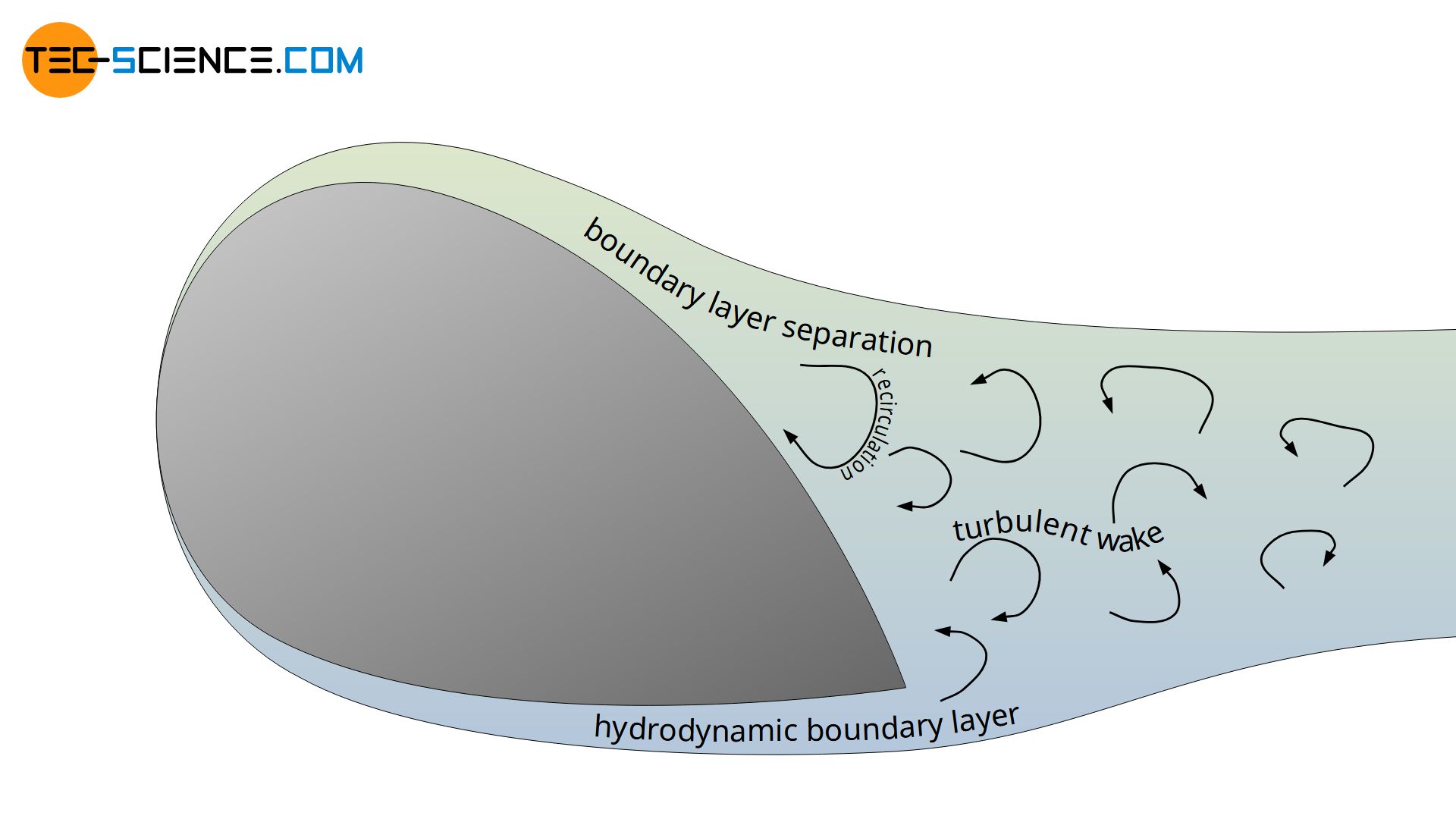Blunt Layers: The Effortless Haircut That Will Make You Look
Blunt Layers: The Effortless Haircut That Will Make You Look
Introduction
Blunt layers are a type of haircut that is characterized by its straight, even cut. This type of haircut is often seen as being more modern and edgy than traditional layered haircuts. Blunt layers can be flattering on a variety of face shapes and hair types.
In this blog post, we will discuss the benefits of blunt layers, the different types of blunt layers, and how to style blunt layers. We will also provide some tips on how to find the right blunt layer haircut for your individual needs.
Benefits of Blunt Layers
There are many benefits to getting blunt layers. Here are a few of the most notable:
- Blunt layers are low-maintenance. Since the layers are all the same length, there is no need to worry about styling them in a specific way. You can simply wash and go, and your hair will still look great.
- Blunt layers add body and volume. The straight cut of blunt layers helps to create the illusion of thicker, fuller hair. This is especially beneficial for people with fine or thin hair.
- Blunt layers are versatile. Blunt layers can be styled in a variety of ways, from sleek and straight to wavy and tousled. This makes them a great option for people who want a haircut that can be dressed up or down.
Types of Blunt Layers
There are a few different types of blunt layers. Here are a few of the most common:
- Long blunt layers: This type of blunt layer is perfect for people who want to add length and volume to their hair. The layers are cut all the way down to the ends, which creates a sleek and polished look.
- Short blunt layers: This type of blunt layer is perfect for people who want a shorter haircut with a lot of edge. The layers are cut above the shoulders, which creates a modern and edgy look.
- Asymmetrical blunt layers: This type of blunt layer is perfect for people who want a unique and stylish haircut. The layers are cut at different lengths, which creates a more dramatic and edgy look.
How to Style Blunt Layers
Blunt layers are easy to style. Here are a few tips:
- Wash and condition your hair regularly. This will help to keep your hair healthy and looking its best.
- Use a heat protectant spray before styling your hair. This will help to protect your hair from heat damage.
- You can style blunt layers in a variety of ways. You can straighten your hair for a sleek and polished look, or you can curl your hair for a more voluminous and textured look.
- Use a variety of styling products to create different looks. You can use a texturizing spray to add volume, or you can use a smoothing serum to create a sleek look.
Finding the Right Blunt Layer Haircut for You
The best way to find the right blunt layer haircut for you is to talk to your stylist. They can help you to determine the best length, style, and texture for your hair type and face shape.
Conclusion
Blunt layers are a great option for people who want a low-maintenance, versatile, and stylish haircut. If you are looking for a haircut that will make you look and feel your best, then blunt layers are a great choice.
To learn more about blunt layers, visit Hairstyle Glow Beauty.
FAQ of blunt layers
- What are blunt layers?
Blunt layers are a type of haircut in which the hair is cut straight across, with no layering. This creates a uniform look that is both stylish and easy to maintain. Blunt layers can be flattering on a variety of hair types and face shapes.
- What are the benefits of blunt layers?
There are many benefits to blunt layers, including:
* They can add body and volume to fine hair.
* They can create a sleek and polished look.
* They are easy to style and maintain.
* They can flatter a variety of face shapes.
- What are the drawbacks of blunt layers?
There are a few drawbacks to blunt layers, including:
* They can be more difficult to grow out than layered hair.
* They can be more prone to frizz.
* They may not be as flattering on some face shapes.
- Who should get blunt layers?
Blunt layers can be a good choice for people with fine hair, as they can add body and volume. They can also be a good choice for people with oval or round face shapes, as they can help to elongate the face.
- How do I get blunt layers?
The best way to get blunt layers is to see a qualified hairstylist. They will be able to assess your hair type and face shape and recommend the best blunt layer style for you.
- How do I style blunt layers?
Blunt layers are relatively easy to style. You can simply blow-dry your hair straight or with a slight bend. You can also add some product to your hair to help control frizz.
- How often do I need to get blunt layers trimmed?
Blunt layers should be trimmed every 6-8 weeks to maintain their shape.
Image of blunt layers
- Blunt graphene layer. This image shows a single layer of graphene, which is a two-dimensional material made of carbon atoms arranged in a hexagonal lattice. The blunt layer is created by cutting the graphene sheet with a sharp blade.

- Blunt semiconductor layer. This image shows a single layer of semiconductor material, such as silicon or germanium. The blunt layer is created by depositing the semiconductor material onto a substrate in a controlled manner.

- Blunt metal layer. This image shows a single layer of metal material, such as gold or silver. The blunt layer is created by depositing the metal material onto a substrate in a controlled manner.

- Blunt insulating layer. This image shows a single layer of insulating material, such as silicon dioxide or alumina. The blunt layer is created by depositing the insulating material onto a substrate in a controlled manner.

- Blunt composite layer. This image shows a single layer of composite material, such as carbon fiber or graphene oxide. The blunt layer is created by depositing the composite material onto a substrate in a controlled manner.

- Blunt biological layer. This image shows a single layer of biological material, such as DNA or protein. The blunt layer is created by cutting the biological material with a sharp blade.

- Blunt polymer layer. This image shows a single layer of polymer material, such as polyethylene or polystyrene. The blunt layer is created by depositing the polymer material onto a substrate in a controlled manner.

- Blunt ceramic layer. This image shows a single layer of ceramic material, such as alumina or zirconia. The blunt layer is created by depositing the ceramic material onto a substrate in a controlled manner.

- Blunt liquid layer. This image shows a single layer of liquid material, such as water or oil. The blunt layer is created by spreading the liquid material onto a substrate in a controlled manner.

- Blunt gas layer. This image shows a single layer of gas material, such as helium or oxygen. The blunt layer is created by expanding the gas material into a thin layer.

Post a Comment for "Blunt Layers: The Effortless Haircut That Will Make You Look "